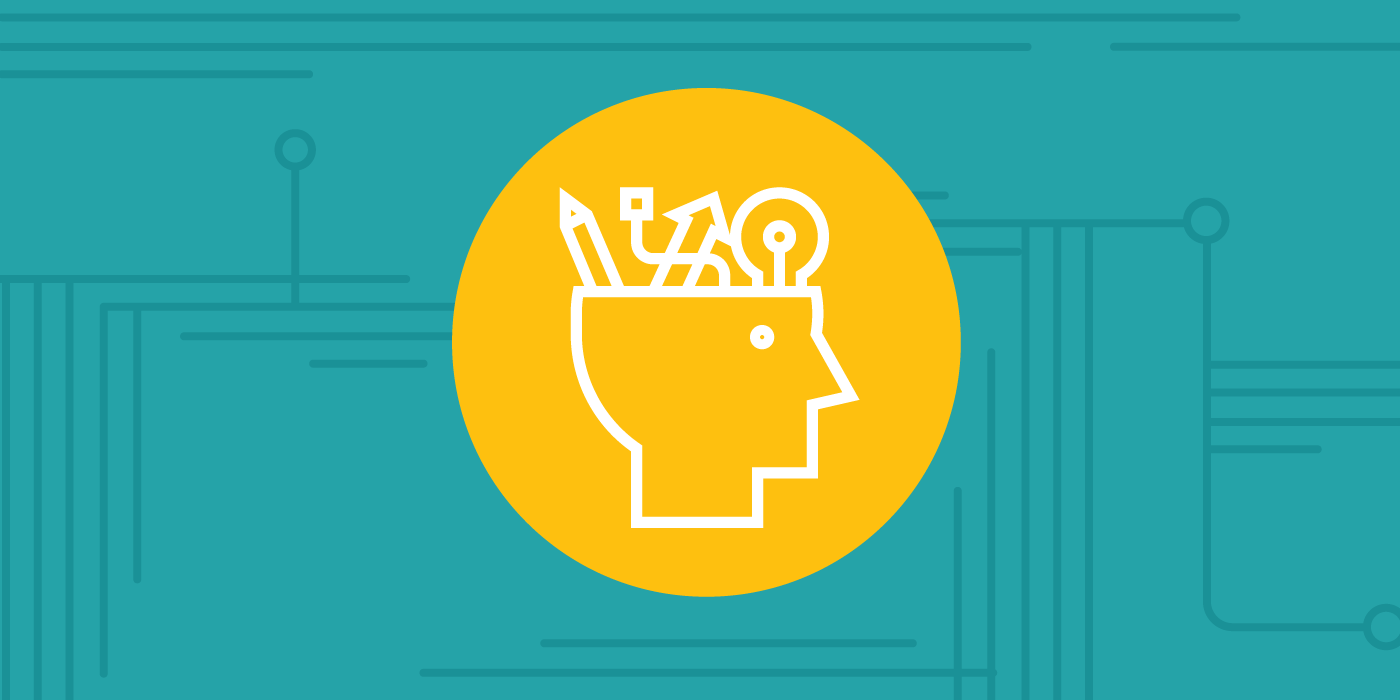
5 min read
5 Traits of Design Thinking on Solutions-Oriented Teams
5 Traits of Design Thinking on Solutions-Oriented Teams
Design thinking is a solutions-oriented methodology for design. At the heart of design thinking are the core values of flexibility, collaboration, empathy, curiosity, and positivity.
Why is design thinking important? It opens the door for better-than-expected outcomes for both the client and the user, and it ensures consistent delivery on end-vision throughout each stage of the product development process.
“Design Thinking” — not a term to use loosely
“Design thinking” has become a popular buzzword in the software development community. While it may sound very general and self-explanatory, the phrase actually refers to a specific methodology which was first made popular by architect David Rowe back in the 1980’s.
Plenty of developers and designers throw this term around like it’s a cheap pair of sunglasses. But a product development team that is truly wired toward design thinking is hard to come by. Keep reading as we describe the key traits to look for as you evaluate product development partners for their design-thinking aptitude.

Flexibility, curiosity, and positivity
The key feature of design thinking is that it is solutions-based, meaning that the emphasis is on the desired outcome rather than the problems. By orienting ourselves toward desired outcomes, a team is better positioned to come up with creative, innovative, and effective solutions that otherwise may not have surfaced.
Without design-thinking methodology, the emphasis usually gets placed on solving a specific problem. This can unintentionally limit the potential of a project outcome.
A solutions-oriented approach gives the project more flexibility, which is another key feature of design thinking. This doesn’t mean that design thinking ignores the problems, but rather that the problems are addressed as components of the larger and more encompassing goals and visions of a project.
When the design process is solutions-centered, the project becomes naturally driven by curiosity and positivity, two pillars of truly innovative and effective design.
Empathy
It might sound a little odd at first that design thinking requires empathy, but it makes sense when you consider that empathy is simply the ability to experience something from another person’s perspective.
Empathy is at the core of creating a product that not only meets needs of the target user but that does so in a desirable way. It is an absolutely necessary trait that comes into play at every stage of the product development process.
Empathy is especially crucial at the beginning stages of product development when your team is working to gain a thorough understanding of product users in order to create the best possible user experience.
Another aspect of empathy in design thinking involves the relationship between the development team and the client. By getting to know the client’s needs and goals for their project, the team is better equipped to produce a solution that is in line with those needs and goals.
An empathetic understanding of the client’s overall vision for the project ensures that it is carried through the design process and that the end result is consistent with that vision.
Collaboration
The final major constituent of design thinking is collaboration. As mentioned above, the collaboration between the product development team, the client, and the target users ensures consistency in vision and desired outcomes for both the client and the user.
Collaboration among all stakeholders ensures that the project vision will be carried out with consistency throughout each step of the process. It also allows your team the space to deliver a final product that exceeds your expectations.
A collaborative team of developers and designers is able to explore a variety of possibilities and angles, leaving room for game-changing ideas and solutions to be brought to the table.
Finally, collaboration facilitates all the other aspects of design thinking — empathy, flexibility, curiosity, and positivity.
Find a Team of Design Thinkers
When trying to find the right team to actualize your vision, look for evidence of real design thinking. Evidence for these traits is far more important than whether the team simply uses the term “design thinking.”
- Do you get the feeling that the team is solutions-oriented? Flexible?
- Are they empathic — putting themselves in your shoes?
- Are they really trying to understand your needs and goals?
- Are they truly curious about the project and do they project enthusiasm and positivity about the potential solutions?
The answers to these questions may determine whether you’ve found yourself a team that can take your project to it’s highest potential.
Learn more
If you are actively seeking a software solution to deal with a problem or expand on an idea, Schedule a free consultation with our design team and we will walk you through the process personally.
If your company is struggling to manage data, you could be reaching an opportune turning point in the life of your business, and not even realize it. Check out our free webinar, “Nail Your Platform Design.” We’ll help you connect the dots between your current organizational challenges and the opportunities they present for transitioning to a hyper-scalable platform model.

Leave a Reply